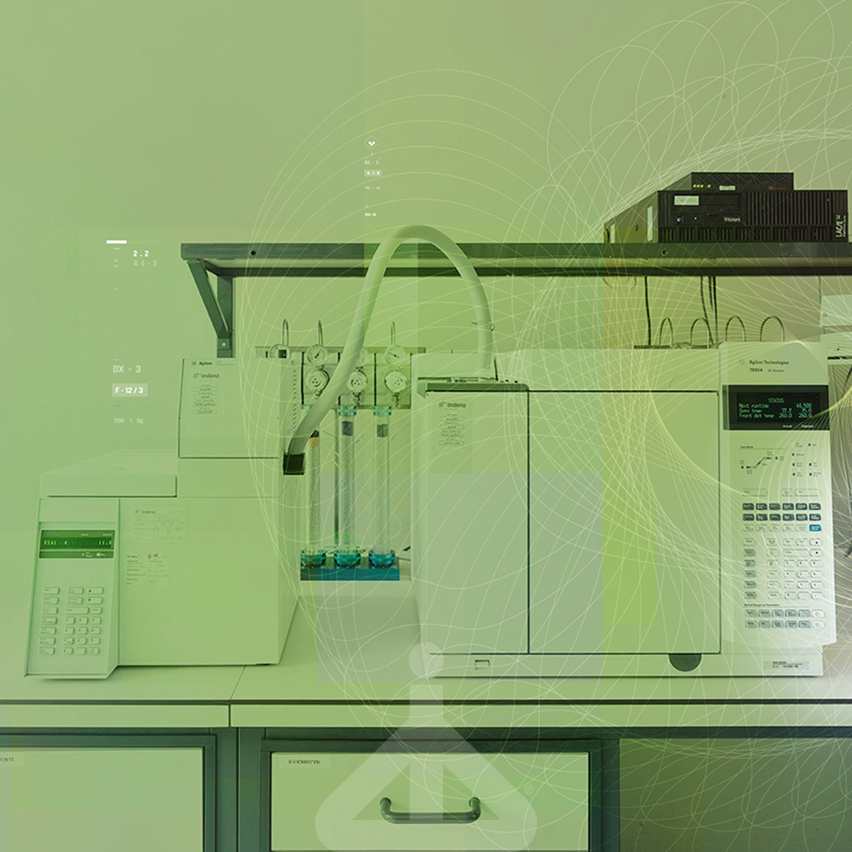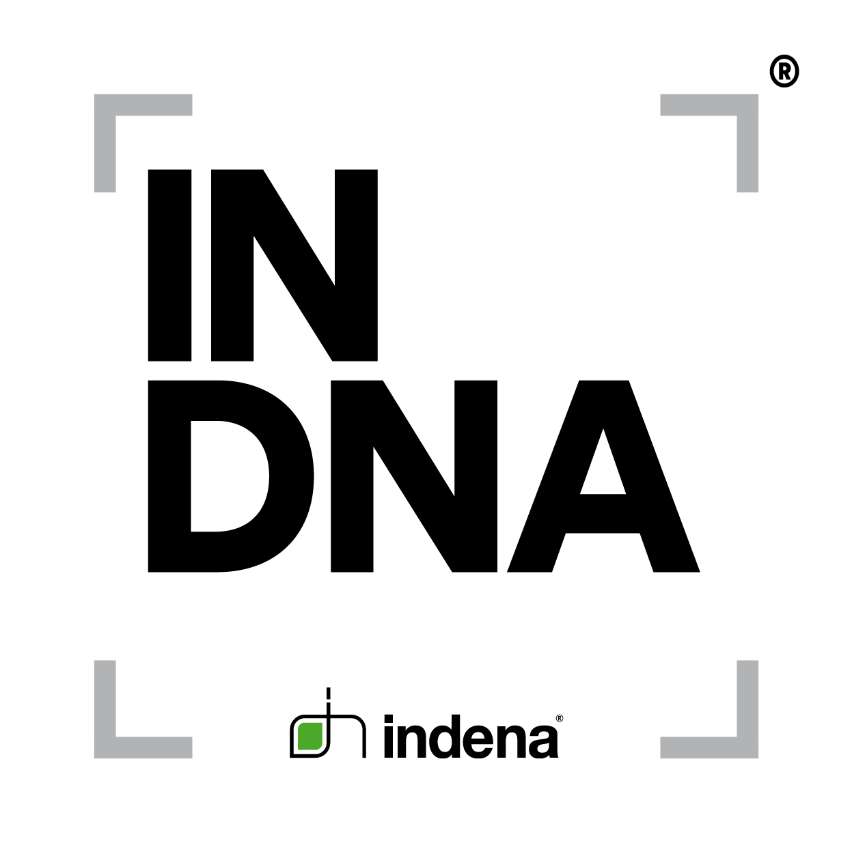Quality Never Stops
Browse all Indena’s documents about products, events, company information and so much more.
Go to sectionWith our exciting and engaging work, we want to bring the widest possible awareness about this paramount value to the world of phytochemistry.
For us, quality is not a special side project. It is an inclination, a daily practice, a constant, an unavoidable requirement for products, processes, technologies, services and solutions. We always strive to dissect, analyze and constantly evolve our quality system, ensuring even more fairness in the system itself.
Our approach
Quality gurus predicted this will be remembered as the century of quality.
At Indena, we have always placed quality at the very core of our business, tackling the complexities it presents for natural substances, active ingredients and extracts to always operate at the best level possible, based on our knowledge.
To us, quality is not simply the brilliant implementation of a standard applied to individual parts and components, but a comprehensive design approach to business as a whole.
Because today, one of the basic principles in quality management states quality cannot be merely tested in the final result, but should be built into products since the very beginning of manufacturing process.
How do we define quality?
The term “quality” is more complicated than it may appear: literature shows even experts give a wide range of somewhat different definitions for it.
One way to describe quality is “customer satisfaction" or "meeting customer expectations” - but this usually refers to final users who are often not able to independently assess the quality of the products they use.
A more solid and modern definition of quality is “fitness for intended use” or “fitness for purpose”.
In other words, a high-quality product is expected to deliver the benefits and performance at the levels conveyed by its label claims, and to continue to do so throughout its lifetime. This is the definition that guides our quality system, and inspires us at every step of the production process, from R&D to packaging.
Indena's Expertise
As a leading manufacturer of active Ingredients, mainly of botanical origin, Indena plays a key role in the production and control of many products for different global markets including pharmaceuticals, nutraceuticals, medical devices and excipients.
We guarantee customers outstanding quality throughout the development and manufacturing of all of our active ingredients:
- APIs for pharmaceutical use
- Ingredients for medical devices
- Nutraceuticals
- Cosmetic ingredients
- Excipients for pharmaceutical or other use
Depending on the manufacturing process, our active ingredients belong to the following categories:
- Purified isolated products from vegetable origin
- Synthetic products
- Semi-synthetic products (where an isolated product of vegetable origin undergoes a subsequent synthetic transformation)
- Herbal extracts / Botanical extracts (Pharmaceuticals/ Nutraceuticals)
Indena is fully committed to compliance with all current laws and relevant regulations and guidelines, to assure the adequate quality of the products it delivers to customers.
On top of Italian (AIFA) and European regulations, Indena complies with all International Harmonized Pharmaceutical Guidelines (ICH) and follows the relevant harmonized cGMP recommendations.
In addition, Indena is routinely inspected by all the main worldwide authorities and makes GMP Certificates available to customers.
As regards APIs from vegetable origin in particular, quality controls are carried out starting from plant cultivation in order to ensure full traceability of the plant material and comply with all limits on potential contaminants.
For herbal extracts and herbal drug preparations, Indena follows all the indications contained within the EMA’s guidelines, including the EU’s GMP Annex 7, “Guideline for the Manufacture of Herbal Medicines”.
Botanical extracts and isolated substances are some of the main ingredients used in nutraceuticals. As such, they are subject to food legislation, including: regulations based on the US’ Food Safety Modernization Act (FSMA) to contribute to the safety of finished nutraceuticals; specific EU food safety requirements (FSMS), a holistic system of prevention based on a specific Prerequisite Program (PRP), represented by Good Health Practices (GHP) and Good Manufacturing Practices (GMP); and specific procedures based on the Hazard Analysis of Critical Control Points (HACCP).
It is mandatory to produce excipients for pharmaceutical use according to cGMPs, based on the specific product class (e.g. botanical extracts, semi-synthetic products, isolated from natural source, etc.) and intended use (e.g. parenteral, oral, etc.).
Used for different classes of medical devices, they can perform complex functions to assist in the diagnosis, prevention, monitoring or alleviation of distinct medical conditions. They are classified following specific regulations set up in different countries and, according to a “risk-based” system centered on the vulnerability of the human body, taking into account the potential risks associated with devices. Quality standards as strict as those for pharmaceuticals are established for ingredients used for the preparation of injectables or stent devices (e.g. Paclitaxel), while requirements for oral or topical preparations range from pharmaceutical to excipient standards or food guidelines. Quality level is always agreed upon with customers, who set their own demands in line with the intended use of the ingredient.
This is the main basic requirement to comply with, and it is linked to the national and regional regulations applied where the product is marketed.
A product should be able to satisfy as intended the rational for its use: it must maintain the efficacy or the physiological effect it was designed to have during clinical trials, according to its class. Label performance refers to a product’s primary operating features, and involves measurable attributes – so brands can usually be ranked objectively according to individual aspects of performance.
Conformance is the degree to which a product’s design and operating characteristics meet established standards. One of the most common measures of failure in conformance are defect rates.
Product must be free of toxic contaminants deriving from the manufacturing process, environment or degradants.
This dimension reflects the probability of a product failing within a specified time period. Among the most common measures of reliability are the mean time to first failure, the mean time between failures, and the failure rate per unit time.
A measure of product life, durability has both economic and technical implications. Technically, it can be defined as the amount of use one gets from a product before it deteriorates.
The product should be readily available for use. It is mainly linked to the process capability and production capacity.
Features are usually secondary aspects of performance, as characteristics that supplement products’ and services’ basic functioning. The line separating primary performance characteristics from secondary features is often difficult to draw.
Consumers are concerned not only about a product breaking down but also about the time before service is restored, the timeliness with which service appointments are kept, the nature of interactions with service personnel and the frequency with which service calls or repairs fail to correct outstanding problems. When problems are not immediately resolved and complaints are filed, the procedure a company follows in handling the situation is also likely to affect customers’ ultimate evaluation of product and service quality.
Consumers don’t always have complete information about a product’s or service’s attributes: indirect measures may be their only basis for comparing brands. A product’s durability, for example, can seldom be observed directly and is usually inferred from its various tangible and intangible aspects. In such circumstances, images, advertising, and brand names – inferences about quality, rather than the reality itself – can be critical.
Our mindful innovation
FROM PRODUCT TESTING TO QUALITY BY DESIGN
Indena pursues innovation also in the field of quality, towards a Total Quality Management System aimed at preventing, rather than detecting, defects.
Although the responsibilities for assuring product quality belong primarily to quality assurance personnel, they encompass many departments and disciplines in all the fields in which Indena is involved - starting from R&D, regulatory, chemistry, agronomy, botanical, manufacturing and statistics teams, up to final quality control and product release for customers.
Many new analytical tools are currently being developed and validated to improve the quality of the final products during the manufacturing phase and final controls.
Examples of innovations in the field of quality control are the use of genomic tools for the quick and secure classification/confirmation of plant species, and the development of biosensors to assess the quick identification of contaminants from environmental, process and botanical sources.
Indena successfully faced a market need for regulation by investing in technology: following a scandal in the supplement industry, the American market decided to develop genomic identification tests for natural products.
This challenge led to an innovative intuition: genomic analysis as an easy tool to directly verify a plant’s authenticity. Today, Indena identifies every plant coming into the company using genomic technology.
BOTANICAL DNA ID
There is no check for origin in the DNA genomic data deposited in public databases (e.g. Genbank): the system lacks “reference” DNA profiles deriving from the analysis of plant samples of known, certified origin such as herbariums and taxonomically identified specimens.Therefore, it is of paramount importance to have certified, pure samples in order to derive reference DNA sequences. Building a solid genomic database is essential for us to produce species-specific methods, which can distinguish one particular plant from another and thus from adulterants.
INDENA’S APPROACH TO GENOMIC IDENTIFICATION
DNA barcoding is orthogonal: a single technique may not be enough. A strong botanical background to structure DNA methodologies. Leverage the ability to use the whole range of available DNA techniques. Use authenticated plant material to develop highly reliable DNA tests. Carefully define where, when and how to collect the reference species to be used as “certified” controls to validate DNA methods. Develop the ability to identify unknown species.
INDENA GENETICALLY CERTIFIES THE PLANTS IT USES
In consideration of the importance of plant DNA testing within the Indena quality system, and in order to communicate such analyses in a way that is more immediate and easy to use by clients, Indena developed the specific IN-DNA logo
First application: MIRTOSELECT® - Bilberry Extract
The key to our method's success is that the amplified region must be univocal for Vaccinium myrtillus.
Indena holds preferential access to breakthrough technology
for the on-site identification of botanical species, exclusively for the food supplement ingredient industry.
The device that makes this possible is the bCUBE®*, made by Hyris Ltd.
Through an exclusive agreement, and drawing from the solid Indena database of references Indena has compiled over decades, DNA fingerprint analysis on plant samples can be carried out
in the field, even by unskilled personnel.
*bCUBE® courtesy of Hyris Ltd
Sorry, our website doesn't support IE11 and older versions
For a better experience try a modern browser:
This is a private file, to request the download of this resource, please fullfill the fields below.






